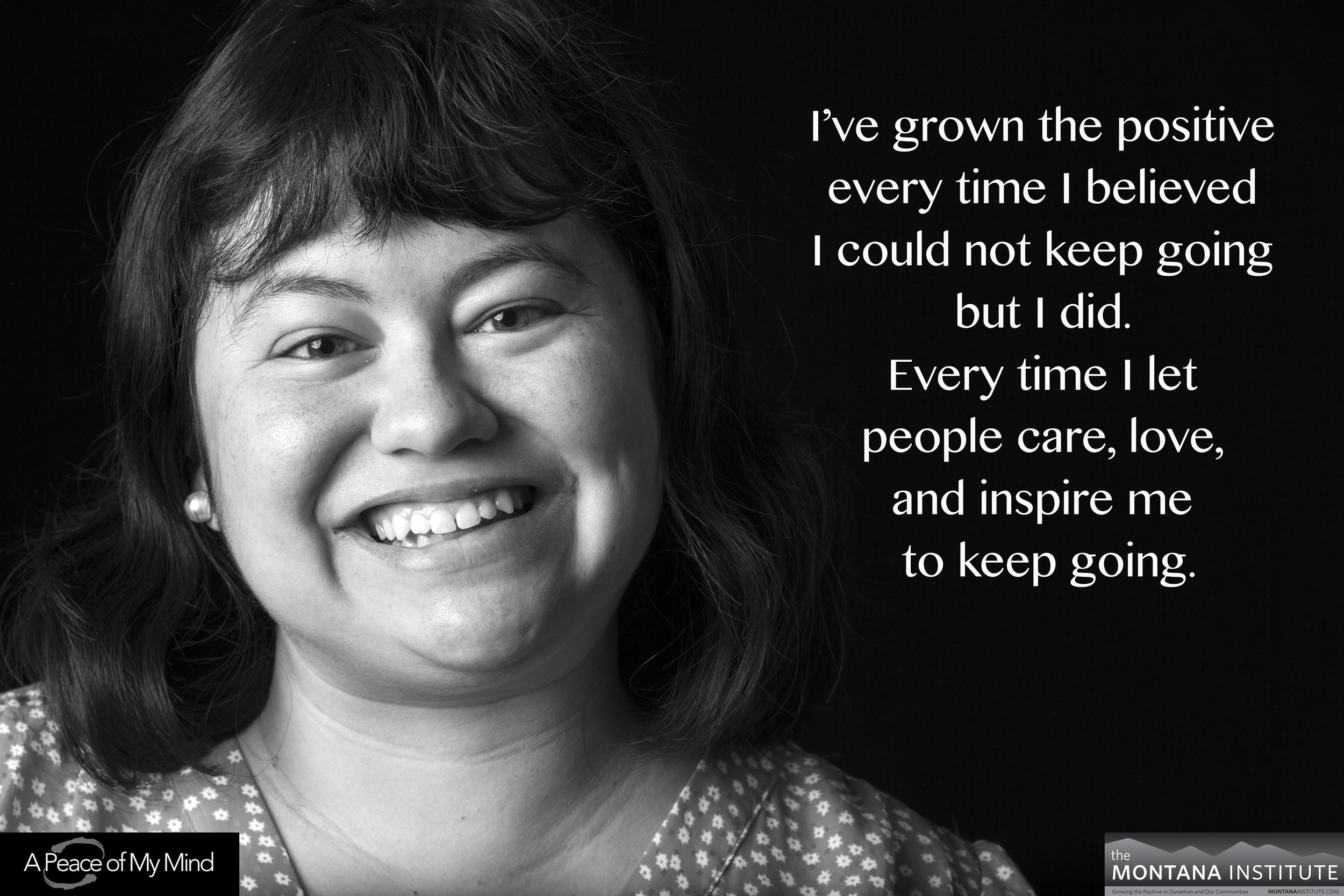The Positive Is Real and Worth Growing!
/This was one of the most significant discoveries of my career.
Fifteen years ago, I decided to embark on a rigorous evaluation of and reflection on the previous two decades of my work as a research scientist and practitioner of community health education.
I was actually expanding upon an assignment I’d had back in graduate school. That project had been to develop a 10-page paper on my philosophy as a therapist. Ten pages sounded like ample space, but I quickly learned that it wasn’t nearly enough. It was the most challenging writing project of my life – so why on Earth did I want to recreate it?
The answer is simple. By engaging in a disciplined process of structured reflection, evaluation, and research I was hoping to emerge with a crystalline vision of who I was in the world, and how I could best answer my calling to make the world a more positive place for all of us. It was an agonizing, years-long process until – slowly, and then all at once – it happened.
I had spent years developing my own framework and theory about human behavior. After reviewing countless manuscripts, lecture notes, and presentation slides, I distilled everything down to a single nagging question – one that, if answered, could be the tipping point in my life and work. I asked myself, “What is the CORE ASSUMPTION the Science of The Positive?”
“The Positive is real.” That’s was it! So simple, yet so profound. A core value emerged with this idea: If, indeed, The Positive is real, then there is value in growing it. THE POSITIVE IS REAL, AND WORTH GROWING.
This statement became the “Core Assumption” of the Science of The Positive, and the basis of all its other assumptions, research, and practices. My understanding that THE POSITIVE IS REAL AND WORTH GROWING sparked the development of the Seven Core Principles, clarified the Montana Model for Positive Community Norms Communications, and provided the foundation for all other elements of my work. Once this core assumption was established, everything else clicked into place.
Today, after training and teaching thousands of people, this core assumption is so clear to me that I wonder at the time it took for me to come to it. But I am grateful for the hard work in the dark hours of the morning that allowed me to bring this work out into the light where it can have a positive impact on the world.


























